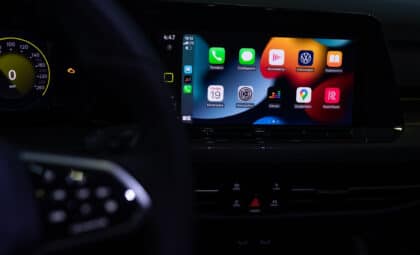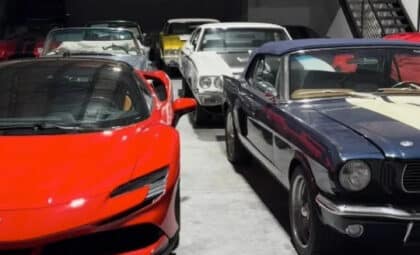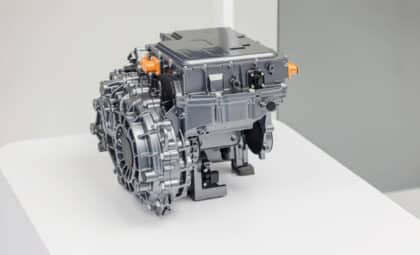Despite having ongoing success with the Mustang and Thunderbird, the majority of Ford vehicles in the 1980s and 1990s were criticized for their bland designs. If the American automaker was going to compete against the stylish Japanese and European models saturating the market, Ford needed to instill its vehicles with more visual pizzazz.
That’s why the automaker introduced its Kinetic Design philosophy in 2004, leading to waves of redesigned Ford models over the past decade.
Vacation Time! Have you ever “truck camped” on the beach?
From New Edge… to Kinetic Design… to Kinetic 2.0
Ford’s Kinetic Design approach was pioneered by Ford of Europe’s executive design director Martin Smith in 2004. This “global DNA” was first seen on the SAV concept car in 2005 (what later became the S-MAX), followed quickly by the iosis concept, which further ironed out the specific characteristics. It replaced the odd, rounded forms of the previous design language, New Edge.
The vision behind Kinetic Design is a cohesive interior and exterior styling that portrays energy in motion. Essentially, the approach is to design cars as if they look like they’re in motion even if they’re standing still. Ford defines it as, “Visualising dynamic driving characteristics through external and internal design elements.” It’s very similar to the idea behind Mazda’s KODO-Soul of Motion and Hyundai’s Fluidic Sculpture.
Over the years, Kinetic Design has influenced the look of multiple vehicles. At first, it was only limited to European models, but since the worldwide introduction of Kinetic 2.0 in 2009, this idea has spread across the globe. Characteristics include:
- Inverse trapezoidal air intake below the grille
- Sharp, bold wheel arch
- Dynamic undercut
- Strong, sporty silhouette
- Aerodynamic shape
For a clever display of what “energy in motion” looks like, check out the Ford commercial below.
Car Care Guide: Here’s everything you need to know about your Ford’s brake system
News Sources: Ford UK, AD & P, autoevolution
The News Wheel is a digital auto magazine providing readers with a fresh perspective on the latest car news. We’re located in the heart of America (Dayton, Ohio) and our goal is to deliver an entertaining and informative perspective on what’s trending in the automotive world. See more articles from The News Wheel.











